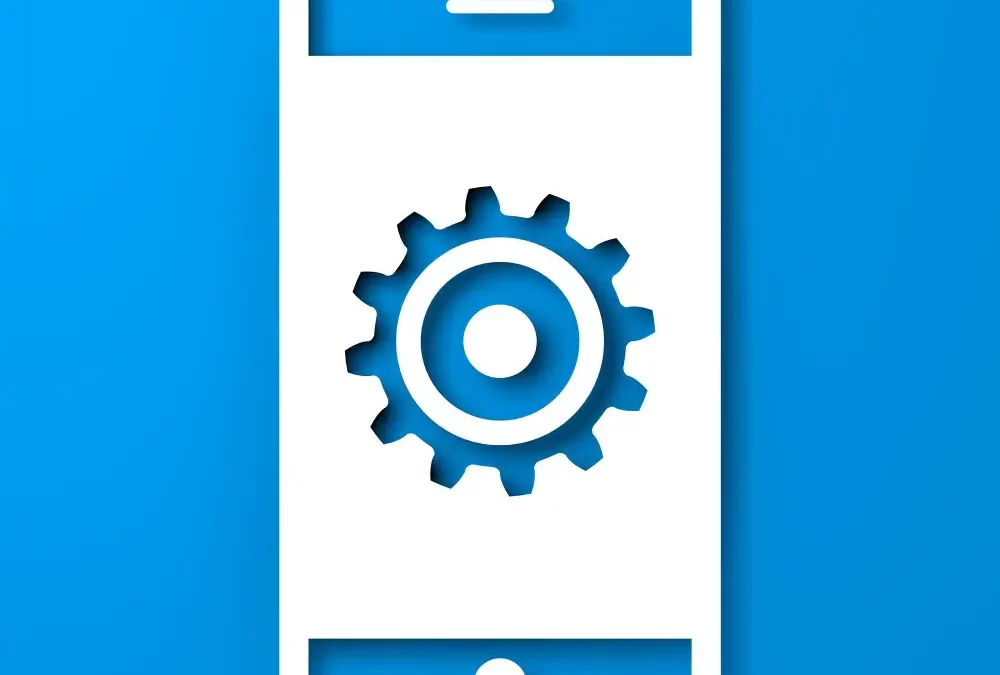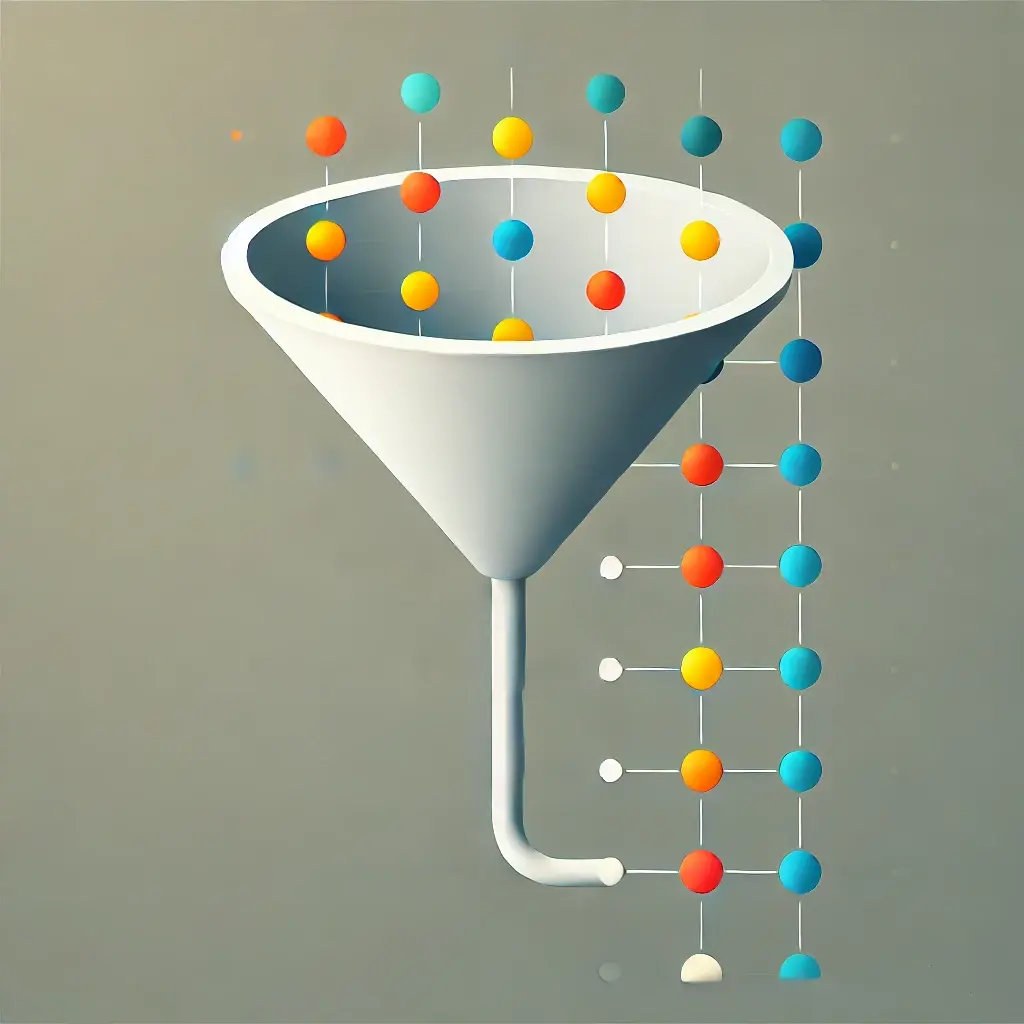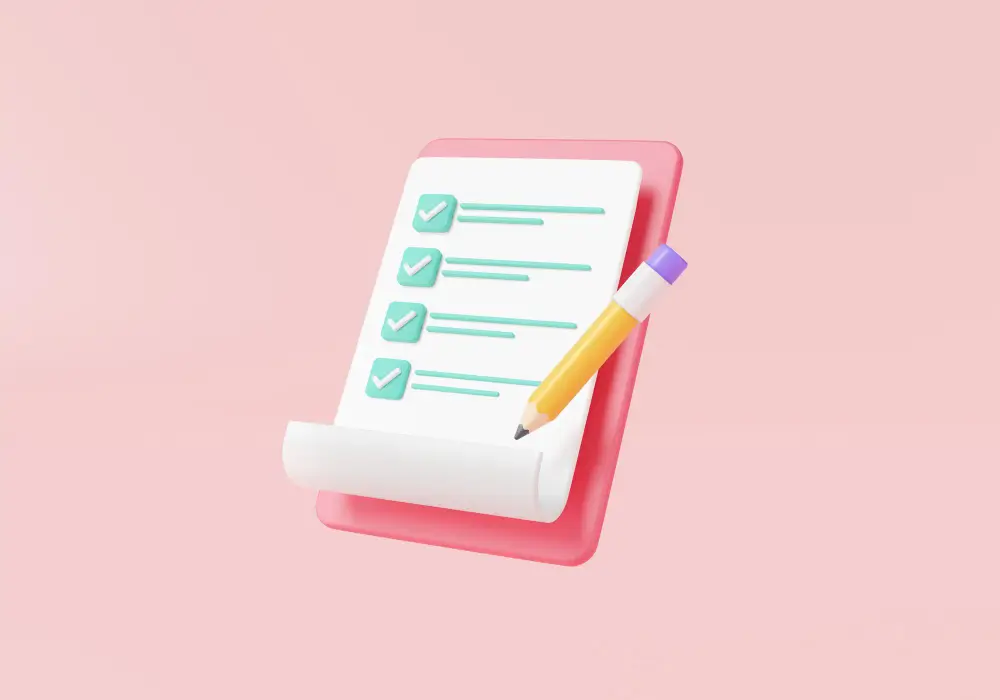Everyone gets excited when launching their new mobile and/or web app. It’s definitely a time to celebrate because you went through some serious app development and people are using it, paying for it, and it’s working as you expected! We hate to be the bad guys, but this honeymoon period is temporary: users will eventually report bugs and suggest enhancements to your app, and your app’s different backend services may require updates for it to function One hundred percent, you’ll be inundated with things to look into and you’ll eventually be forced to do something about your app.
Whether you’re thinking about, already building, or have built an application, there’s one thing that you’ll need to keep in mind: you need to maintain your app after it’s launched! That’s how you’ll ensure that customers are having a good experience on your app. As app development experts, our team at Uplancer has identified reasons why you’ll need app maintenance after your app is launched:
1. App Maintenance Patches Bug Related Issues
Many of our client partners believe all apps should be bug-free post-launch and get upset when a bug is found. Don’t get me wrong, every app should be heavily tested before its release to production. However, certain scenarios can’t be replicated through Quality Assurance. Even with a large number of users testing your app, it only takes that one user to use the app differently for a bug to be flagged. You can do all the planning in the world, building out all the edge cases ever, and still miss issues that your end-users report.
You may think, you won’t launch your app until you’ve tested it with 100, 1000, or more users. In theory, this is a great idea, but it’s simply not possible to uncover all possible bugs. Apple and Google limit the number of users for testing and are well aware that you can’t catch everything prior to launching your app. With this bug-free mentality, you’ll soon realize that your app may never get launched!
2. Maintenance Patches Device Related Issues
Whether your app is built for mobile, desktop, or both, these devices will periodically release their own updates. Some of these updates will not impact your app while others will destroy the full user experience: layout may be affected or even worse, your app and certain functionality may not work at all. Your app needs to be prepared for this. A maintenance team can help triage upcoming device updates and update accordingly to prevent issues from happening.
3. App Maintenance Patches Cloud Services-Related Issues
Today, many apps are built using cloud providers, such as AWS, Azure, and Google Cloud. These providers will periodically release updates to their cloud services. It is your job to ensure that these updates don’t impact your app’s functionality. And if they do, you’ll need to update and maintain your app accordingly. For example, if your cloud provider decides to update their encryption, you may find that your app no longer displays images properly and user access is blocked. There are a bunch of reasons why these updates are needed and without proper maintenance, your production environment is at risk of not working.
4. App Maintenance Addresses Scaling Issues
There will be times when you’ve got so many users that you won’t even know what to do. This is a good problem to have, but this puts a ton of strain on your app server. You may start to notice that actions that once took a split second to execute now take a couple of seconds. These seconds start compounding and eventually, they will frustrate your users. Eventually, this frustration results in users leaving your platform. With routine maintenance, you’ll have a pulse on your app performance and can scale your cloud services accordingly, to maintain a consistent app experience.
5. Maintenance Patches API-Related Issues
If your app is pulling and/or transmitting data, then you’re likely using APIs. Example API use cases could be pulling sports data, aggregating data into a CSV, and collecting transaction data from a bank. On the API provider side of things – DraftKings, Google Sheets, and Bank of America are a few examples – they will update their APIs periodically for things like security, performance, and new features, and it is your job to keep up with them on your app. Otherwise, you’ll be spending resources on APIs that won’t function.
6. Maintenance Patches Code Library-Related Issues
There’s a very good chance that at least one library was used to build your app. When that library has a critical update or is no longer supported on a certain device, you’ll need to figure out how to address those changes. Additionally, requirements for app store submissions, such as iOS privacy manifests, may even force your app to update your libraries to the latest versions! An app maintenance team will listen to these updates and can update your app accordingly so the functionality isn’t impacted.
7. App Maintenance Handles Change Requests
In the world of software development, change requests refer to any change in your app. That may take form through updating app copy, swapping out images, changing the layout on the UI, and enhancing your app’s current features. Change requests can be often and if you listen to the voice of your customers, you may end up with a huge backlog list of work. By having a maintenance team, they can help you prioritize what’s important from that list and take on some of the work.
8. Maintenance Handles Ad Hoc Requests
This one will sneak up on you from time to time. If you’re a funded app, looking for funding, or are making major decisions about what’s next for your app, you may need to pull custom reports and/or data. An example of this is a report that shows who’s your largest customer and how many active and inactive users are the on platform. Another example could be reporting the number of active users in January because of a marketing campaign that was launched that month. There’s always going to be something that your current app can’t report and is something a maintenance team can help you retrieve.
9. Maintenance Patches AI and ML Algorithm Issues
We’ve all heard of ChatGPT and how AI is used everywhere. On the backend, a lot is going on, and is continually changing. As a result, these AI models need to be revisited constantly because new data may improve your model’s accuracy. You won’t know though unless you test it. Whatever the case may be, your model needs to be maintained within your app and a maintenance team can help!
The Bottom Line / TLDR
It’s crucial to remember that app maintenance must begin post-launch to ensure a positive user experience. Without it, issues can arise from bugs that slip through testing, device updates that alter layouts, and changes in cloud services that disrupt functionality. Additionally, app maintenance can help scale your app according to the number of users, and maintain data flow when using third-party APIs. Regular app maintenance will also allow change requests from users and updates for AI and ML algorithms to make it into production.
Connect with Uplancer today for a free consultation on how to maintain your app!
Disclaimer: app maintenance only covers existing features within your application. Maintenance does not cover building out new features. These are enhancements to your working app and should be treated separately from app maintenance.













